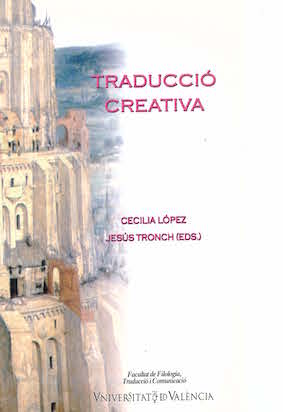Wilhelm Tell en català: anàlisi comparativa
DOI:
https://doi.org/10.7203/qf-elit.v13i0.4073Keywords:
descriptive analysis, function, target culture norms, literality, creativity Abstract
Abstract
Based on the theoretical frame of Descriptive Translation Studies, the paper compares six translations into Catalan of the drama Wilhelm Tell by Schiller. With one exception, all of them seem to be addressed to a reading public rather than to representation. Located in their historical and cultural context, they suit the target culture conventions, with exception of the first translation (1907), for reasons of form. Leaving aside two adaptations, various textual and linguistic factors have been analyzed (lexical selection, sententious statements, thematizations and processing of the verse), leading to the conclusion that all these translations oscillate between the norms of the two cultures implied, between literality and creativity, without opting for one coherent criterion when deciding the general translation strategy.
 Downloads
Downloads
Downloads
How to Cite
-
Abstract359
-
PDF (Español)94
Issue
Section
License
 Este obra está bajo una licencia de Creative Commons Reconocimiento-NoComercial-SinObraDerivada 4.0 Internacional.
Este obra está bajo una licencia de Creative Commons Reconocimiento-NoComercial-SinObraDerivada 4.0 Internacional.
Authors who publish with this journal agree to the following terms:
- Authors retain copyright and grant the journal right of first publication with the work simultaneously licensed under a Creative Commons Attribution License that allows others to share the work with an acknowledgement of the work's authorship and initial publication in this journal.
- Authors are able to enter into separate, additional contractual arrangements for the non-exclusive distribution of the journal's published version of the work (e.g., post it to an institutional repository or publish it in a book), with an acknowledgement of its initial publication in this journal.
- Authors are permitted and encouraged to post their work online (e.g., in institutional repositories or on their website) prior to and during the submission process, as it can lead to productive exchanges, as well as earlier and greater citation of published work (See The Effect of Open Access).



